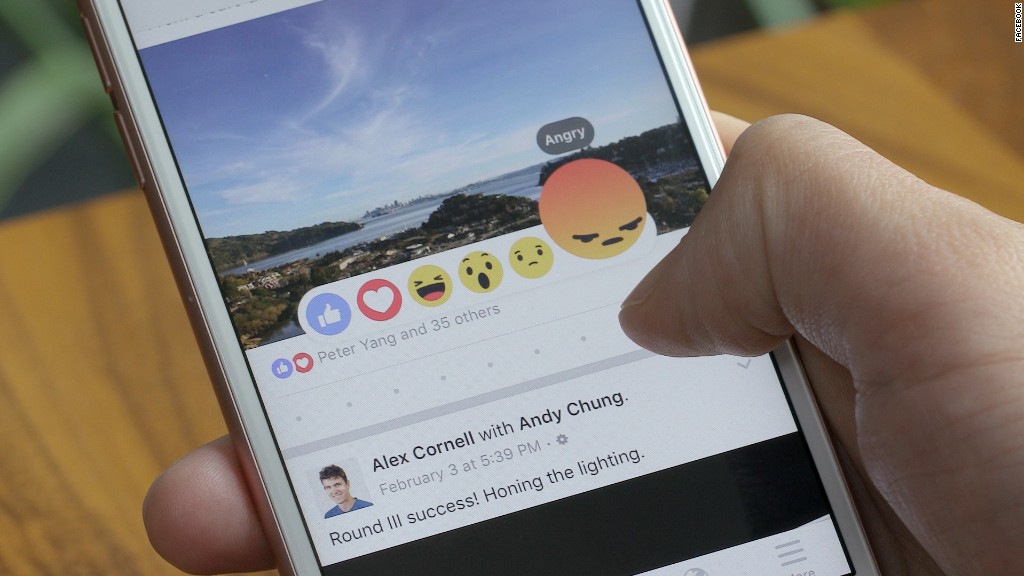
Haben Girma can't see your app's design. She can't hear the sounds it makes or listen to a voice-over of the text. But she has some notes.
The first deaf-blind person to graduate from Harvard Law, Girma is on a mission to get more developers to design software with people with disabilities in mind. An avid iPhone user, she recently decided to go straight to the source.
In June, Girma gave a talk at Apple's Worldwide Developer conference in San Francisco. She urged the software makers to change how they design their applications. Not just to be good people, but because it's a smart business move. Around 15% of the world's population has some type of disability, and many of them are eager to pay for an app that they can actually use.
Thanks to a combination of voice-over features, a digital braille reader, and closed captions, Girma is able to use her smartphone constantly. She can send texts and emails, check social media, read the news and book flights on Kayak. She even uses the camera to share photos with friends.
Related: The iPhone setting that changed this man's life
"I try to always have a keyboard, braille display, Apple Watch, iPhone and guide dog with me at all times, but it doesn't always work out," said the 27-year-old.
She favors the built-in Apple apps, which are designed to be as accessible as possible. But the millions of third-party apps are hit and miss. Often miss.
Apple (AAPL) offers developers tools to make apps more accessible to the blind, deaf or physically disabled. But there's no requirement they use them. Finding accessible apps is difficult. Apple curates collections of accessible apps, but Girma says searching is a long process of trial and error.
Related: A preview of Apple's iOS 10
Developers shouldn't waste their time making separate apps just for the disabled, says Girma. Instead, they should design their apps with accessibility in mind from the start. They can do that by including support for voice over, larger type, captioning, and things like switch controls and braille displays.
Girma was born in the Bay Area to refugee parents. Her mother is from Eritrea, her dad from Ethiopia. Now she travels around the world speaking and teaching. She's met with President Obama and tries to go salsa dancing regularly.
Apple has a ton of built-in accessibility features and is adding more to its operating system updates this fall. iOS 10 will allow anyone with an iPhone or iPad to use the camera as a magnifier, and there are new display filters for various kinds of color blindness.
The Apple Watch is adding support for wheelchair users who want to track their activity. It's also introducing Taptic Time, which can communicate the time just though vibrations. (Haptics, or small vibrations, are an exciting new frontier for accessibility.)
Related: Uber's services for the disabled lack actual cars
But the next step has to be taken by the companies and people designing their own games, educational tools, and especially social media apps. Girma's favorite apps are the ones that bring people together, like Facebook (FB), which she uses regularly. Facebook recently added a tool that uses AI to analyze images and create a text description for people who can't see them.
Girma says the technology is promising, but it's still a far cry from human written descriptions. She urges more people to add text when they share photos or videos, which are then read by screen readers.
So the next time you post a photo on Facebook, add an explanation of that sunset photo or family portrait. Girma would love it.

